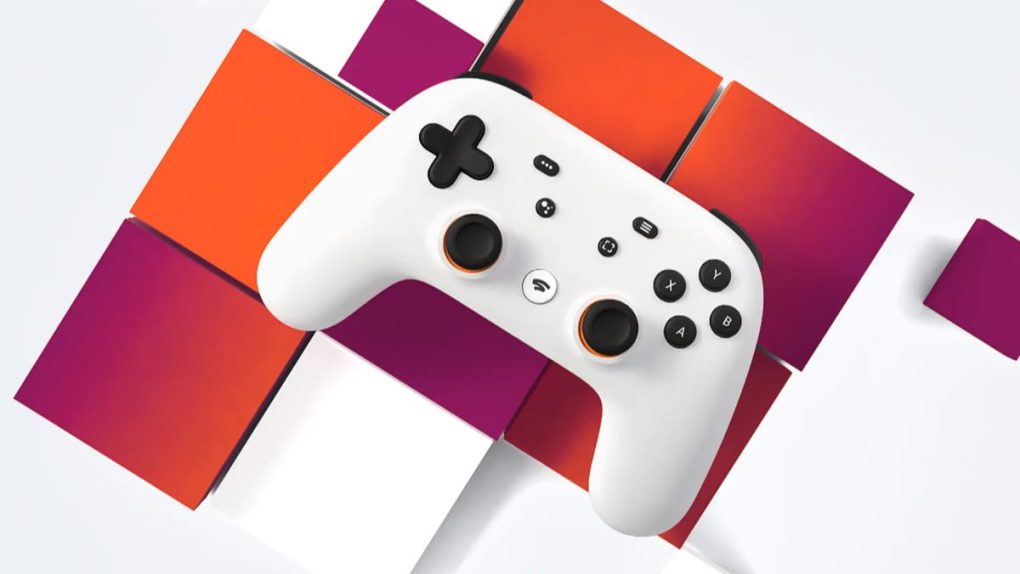Google aims to kill consoles in the near future with an alternative of its own that doesn’t even require you to buy an actual gaming rig for your living room. Instead. Google Stadia will handle all the processing on its own servers and stream the gameplay to your desired screen over the internet for any game you’ve previously bought. You’ll only need to buy the wireless Google Stadia controller and a Chromecast to turn your TV into a game-ready machine. However, that controller needs a wired connection if you plan on streaming games to a supported Pixel device or a PC.
Google earlier this week confirmed that Stadia is officially launching on November 19th, and that’s when the world learned the truth about the controller.
Google released a tutorial video for Stadia earlier this week, which contained the following disclaimer, via 9to5Google:
At launch, wireless play with the Stadia Controller is only available on TV using a Chromecast Ultra.
This means that if you have a regular Chromecast hooked up to your TV and want Stadia access, you’ll need to upgrade the dongle to an Ultra version. The disclaimer also seems to imply that things will change in the future, although it’s unclear when that will happen.
Here’s Google’s video again:
You’ll notice that Google uses a wired Stadai controller when it comes to smartphones and laptops, and that’s the only way the controller will work initially. The Stadia controller is supposed to connect wirelessly to Google’s servers for fast responses, but Google’s video makes it clear that only happens when you’re using it wirelessly. Presumably, it’s the smartphone or laptop that will connect to Google’s cloud when you’re playing your games on mobile devices, not a nearby Chromecast.
Even so, it’s still somewhat disappointing that a wireless controller needs wires in certain scenarios. It’s not ideal, especially for mobile devices, but it’s a limitation that Google might fix in the future. You can always use a keyboard and mouse combo for PCs, which is how many people play games on the desktop.








